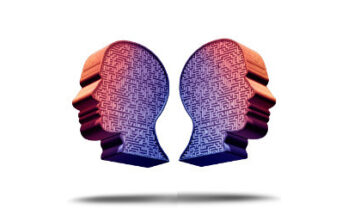
Human Detection of Machine-Manipulated Media
This new capacity for scalable manipulation raises the question of how prepared people are to detect manipulated media.
Human Detection of Machine-Manipulated Media Read MoreDeepfakes (a portmanteau of “deep learning” and “fake”) are synthetic media in which a person in an existing image or video is replaced with someone else’s likeness. While the act of faking content is not new, deepfakes leverage powerful techniques from machine learning and artificial intelligence to manipulate or generate visual and audio content with a high potential to deceive. The main machine learning methods used to create deepfakes are based on deep learning and involve training generative neural network architectures, such as autoencoders or generative adversarial networks (GANs).
Deepfakes have garnered widespread attention for their uses in creating child sexual abuse material, celebrity pornographic videos, revenge porn, fake news, hoaxes, and financial fraud. This has elicited responses from both industry and government to detect and limit their use.
—Wikipedia, “Deepfake”
Deepfakes: Computer-generated content that purports to come from humans.
—Communications of the ACM, “The Rise of the Chatbots“

This new capacity for scalable manipulation raises the question of how prepared people are to detect manipulated media.
Human Detection of Machine-Manipulated Media Read More
Research and development of synthetic media will be better served if technical experts see themselves as part of the solution, and not the problem.
What To Do About Deepfakes Read More
Credit card fraudsters can use these doppelgängers [detailed fake user profiles] to attempt to evade the machine-learning-based anomaly-detecting antifraud measures upon which banks and payments service providers have come to rely.
Dark Web’s Doppelgängers Aim to Dupe Antifraud Systems Read More